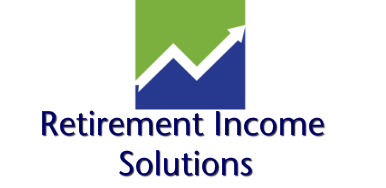The Underutilized Benefits of a Health Savings Account
Healthcare can be one of the priciest yet essential parts of life’s journey. And yet, many struggle to utilize the financial tools that may help. Take Health Saving Accounts (HSAs), for example.
In 2019, 55% of those with HSAs that did not record a distribution also did not receive either employee or employer contributions. This suggests that the lack of distributions are due to account holders becoming disengaged from their accounts, rather than not having access to this cost-saving financial tool.1
Read more about The Underutilized Benefits of a Health Savings Account …

